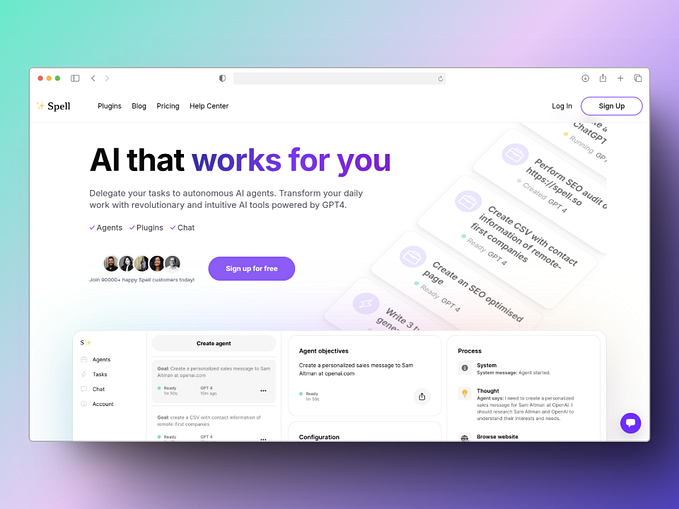Point of sale (POS) machines are used for a variety of retail transactions. They can be used for point of sale (POS), electronic sales, inventory management, customer service, and many more.
The POS system is the most important part of any business because it helps keep track of all your business transactions. It also allows you to manage your inventory effectively and efficiently.
The main feature of POS machines is that they can be used as cash registers, credit card terminals, and barcode scanners. The transactions are processed automatically by these machines, which makes them very efficient in terms of time and money.

Here are some other benefits/uses of using a point-of-sale machine:
Manage sales and inventory efficiently: POS machines help manage sales and inventory effectively for small businesses such as retailers, restaurants, or bars. The software allows users to create reports based on their preferences and needs. These reports can be used to analyze sales trends over time so that you can make informed decisions about pricing and products with confidence.
Increase productivity: A point-of-sale system improves productivity by increasing efficiency at every stage of the supply chain — from manufacturing through distribution and retailing into customer’s hands — while reducing waste along the way by reducing manual data entry errors that often result in lost revenue opportunities.
Easy to use: Another benefit of using a POS machine is that it is easy to use. This means that any person can use it without any training or experience at all. Therefore, you do not need to hire an expert who will help you manage the system since anyone can do it. This will reduce your overhead costs significantly compared to paying for an expert’s salary every month.
Also, if someone needs to be trained on how to use the system, they can learn how in just a few days rather than weeks or months as with other traditional methods of data entry management. You should also note that these systems come with user-friendly interfaces which make them easy to navigate through even by first-time users of such machines.
Better Money Management: Using a POS machine allows you to better manage your finances because it enables you to keep track of all transactions made by customers online or through mobile devices. This will help you maintain an accurate record of sales and other financial information, which can be used for future planning purposes as well as for tax purposes.
Improved customer service: A POS system allows you to provide better customer service because it allows you to interact directly with customers as they browse the store and make purchases. This means that if someone has any questions about products or wants help finding something specific, all they have to do is ask and you’ll be there in seconds!
How does a POS machine work?
The first step is for the customer to decide what he or she wants and enter the item into the POS system. The second step is for the POS system to calculate the price of the item and display it on the screen.
The third step is for the customer to swipe his or her credit card through a card reader connected to the POS system. The fourth step is for the POS system to transmit this information to a bank or credit union so that they can verify that there are sufficient funds available in their account. The fifth step is for the transaction to be finalized.
Also, read — What is KOT in Restaurant? (Kitchen Order Ticket)
Types of POS machine
There are many types/varieties of POS systems available in the market.
Online POS
Online POS is an application that allows you to process your transactions online without any need for an actual physical store location. You can use it by installing an application on your computer or mobile device and then using it to take orders from customers or receive payments from them. The POS machine will connect to the internet so that it can communicate with your bank account, verify transactions and send information back to you.
Cloud-based POS
Cloud-based POS is a software solution that allows you to run your business from any location in the world over the internet. The software runs on an online platform and allows you to manage inventory, track sales, generate reports, and much more right from your own computer. This type of system is ideal if you want to start your own business but don’t have enough money to buy a physical storefront yet!
Mobile POS
Mobile POS systems allow you to take orders while on the go using your mobile phone or tablet. They usually include features like barcode scanners so that you can enter items quickly and accurately without having to type anything into the system yourself.
Tablet POS
A tablet POS is a self-contained device that includes an integrated touchscreen display, credit card reader, and other hardware components such as a printer and cash drawer.
Desktop POS
A desktop POS consists of a separate computer that connects to peripherals such as barcode scanners, receipt printers, and cash drawers via USB cables or wireless connections.
Omnichannel POS
An omnichannel POS system is designed to work with mobile devices like smartphones and tablets, as well as desktop computers — hence its name. The idea behind an omnichannel system is to allow customers to complete transactions from anywhere in your store or office building, not just at the front counter where you typically find traditional point-of-sale terminals located in most small businesses today.
Also, read — What is a Point of Sale (POS) System?
Difference between mobile and fixed POS?
When it comes to mobility, mobile POS systems have an advantage over fixed ones because they can easily be taken from one place to another by a salesman or vendor. Fixed systems are often used in restaurants or food trucks because they offer more functionality than mobile systems do (such as access to inventory management tools).
Final words
POS machine, usually refers to a cash register or similar terminal. In today’s tech-, shop- and bank-driven world, a POS machine is a must-have for your small to medium business, because it facilitates the purchase of services or goods. You can easily scan products using a built-in scanner or even a barcode reader, which means you don’t have to rely on the small ticket printer (there’s one on the device, too).


![How to Open a Restaurant in India [Step-by-Step Guide]](https://miro.medium.com/v2/resize:fit:679/1*oCLi6fQfjrYv3y_hNBDwtQ.jpeg)






